All dogs, when meeting someone new, will sniff them out and introduce themselves with their noses first. A tremendous quantity of data, including (but not limited to) scents, is processed by a dog’s nose, making it an essential sensory organ. Although we tend to take our own noses for granted, a dog has some significant superpowers and a lot of action going on inside it.
Most dogs appear to have chilly, wet noses from our vantage point (usually when that nose is thrust in your face!), but why is this the case? Keep reading if you want to know more!
When Does a Dog Have a Typical Nose?
The noses of most dogs are perpetually chilly and damp. But, with dogs in general, there is a great deal of variation from one instance to the next and over the course of time.
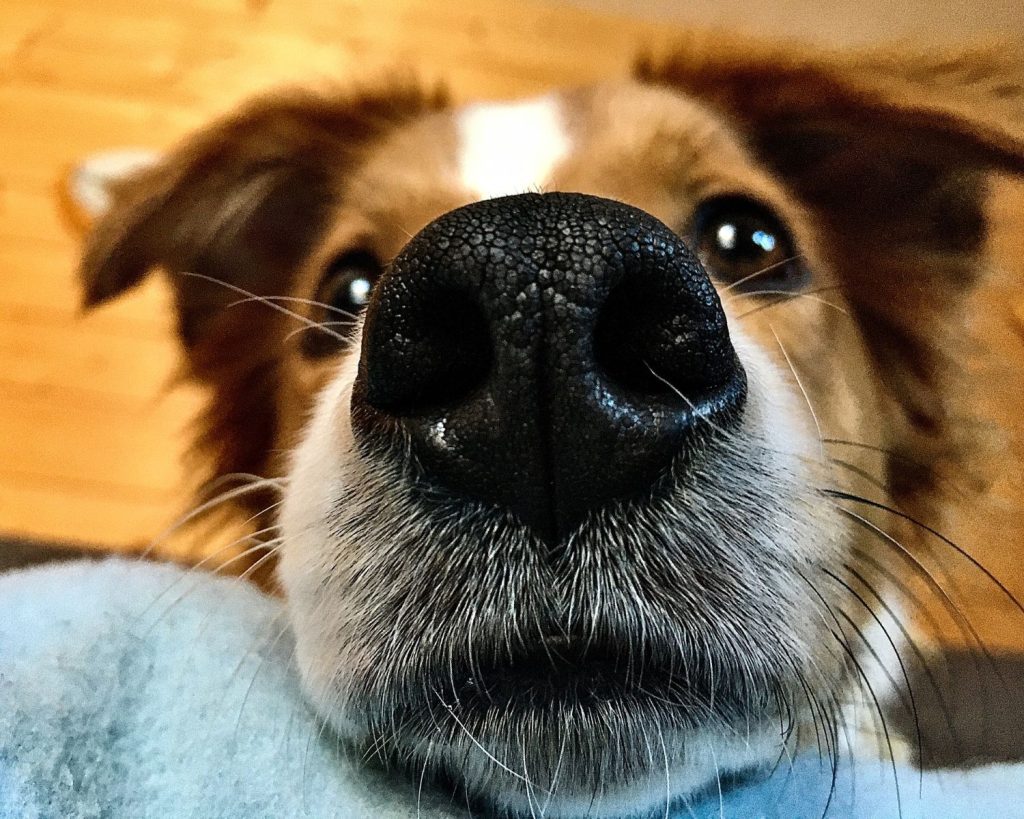
According to an old proverb, a dog with a wet nose is healthy, while one with a dry nose is sick. What is true is that all you need to know is what is typical for your dog. As a matter of genetics, some dogs have naturally moist noses while others have naturally dry ones. Due to a lifetime of vigorous sniffing, many dogs, especially older ones, have dry and often somewhat roughened or crusty noses. In most cases, this is quite normal; however, if you see any unusual redness or pain, it may be best to consult your veterinarian.
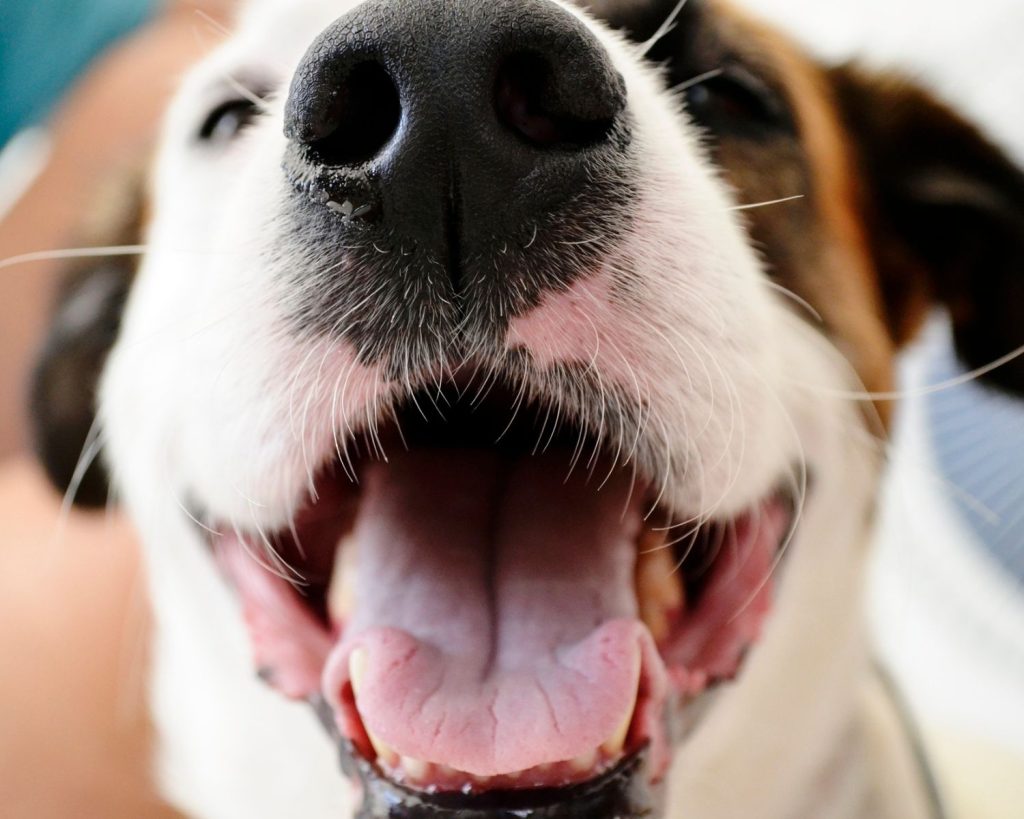
Exercising, time of day, temperature, hydration, and humidity are just some of the variables that might affect how a nose feels. Dogs also tend to lick their noses frequently, which can have an effect. All of these varying factors are typical. Noses can become dry for a variety of reasons, including rest or when your dog is at ease. Alternately, sweating more during vigorous activity may cause nasal dryness.
A normal, moist nose should produce only a thin layer of clear mucus. Once again, you should pay attention to what is typical for your dog.
Why Do Dogs Have Wet Noses?
All dogs, when meeting someone new, will sniff them out and introduce themselves with their noses first. A tremendous quantity of data, including (but not limited to) scents, is processed by a dog’s nose, making it an essential sensory organ. Although we tend to take our own noses for granted, a dog has some significant superpowers and a lot of action going on inside it.
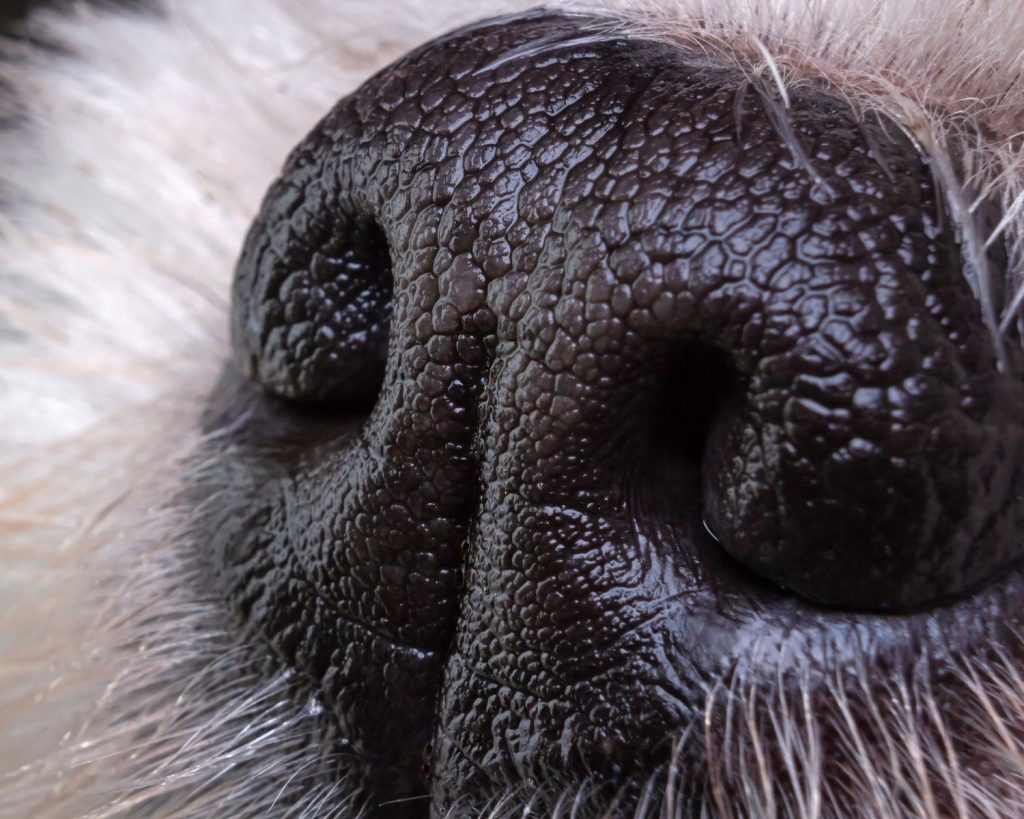
Most dogs appear to have chilly, wet noses from our vantage point (usually when that nose is thrust in your face!), but why is this the case? Keep reading if you want to know more!
When Does a Dog Have a Typical Nose?
The noses of most dogs are perpetually chilly and damp. But, with dogs in general, there is a great deal of variation from one instance to the next and over the course of time.
According to an old proverb, a dog with a wet nose is healthy, while one with a dry nose is sick. What is true is that all you need to know is what is typical for your dog. As a matter of genetics, some dogs have naturally moist noses while others have naturally dry ones. Due to a lifetime of vigorous sniffing, many dogs, especially older ones, have dry and often somewhat roughened or crusty noses. In most cases, this is quite normal; however, if you see any unusual redness or pain, it may be best to consult your veterinarian.

Exercising, time of day, temperature, hydration, and humidity are just some of the variables that might affect how a nose feels. Dogs also tend to lick their noses frequently, which can have an effect. All of these varying factors are typical. Noses can become dry for a variety of reasons, including rest or when your dog is at ease. Alternately, sweating more during vigorous activity may cause nasal dryness.
A normal, moist nose should produce only a thin layer of clear mucus. Once again, you should pay attention to what is typical for your dog.
Is Your Dog’s Nose Acting Up?
Although nasal disorders are very uncommon, they can occur and should be thoroughly investigated by your veterinarian.
If your dog’s nose is often dry, it might be a sign of a more serious condition (such as dehydration or a fever), but there will likely be other symptoms as well. Symptoms including fatigue and loss of appetite are possible.

Allergic responses (allergies), skin infections, and autoimmune illnesses are not the only skin issues that can include the nose. The nose or the skin around it may become red, painful, crusty, angry-looking, or discharge abnormal amounts of pus that may have greenish undertones.
Why Does a Dog Have a wet Nose? 4 Explanations
Numerous factors contribute to the commonality of damp canine nostrils (again, some dogs have mostly dry noses, and this is normal for them)
1. Taste and Smell
Dogs’ enhanced sense of smell and taste is due in part to the thick layer of mucus that lines their noses. Their sense of smell is sharpened as a result of this. The nose and mouth work together to direct these signaling molecules to the finely tuned detectors in the olfactory bulb, the tongue, and the vomeronasal organ, a specialized sensory organ located between the nasal and oral cavities. Very fascinating odors, such as, say, the scent of another dog in heat, are picked up by this organ with great precision.
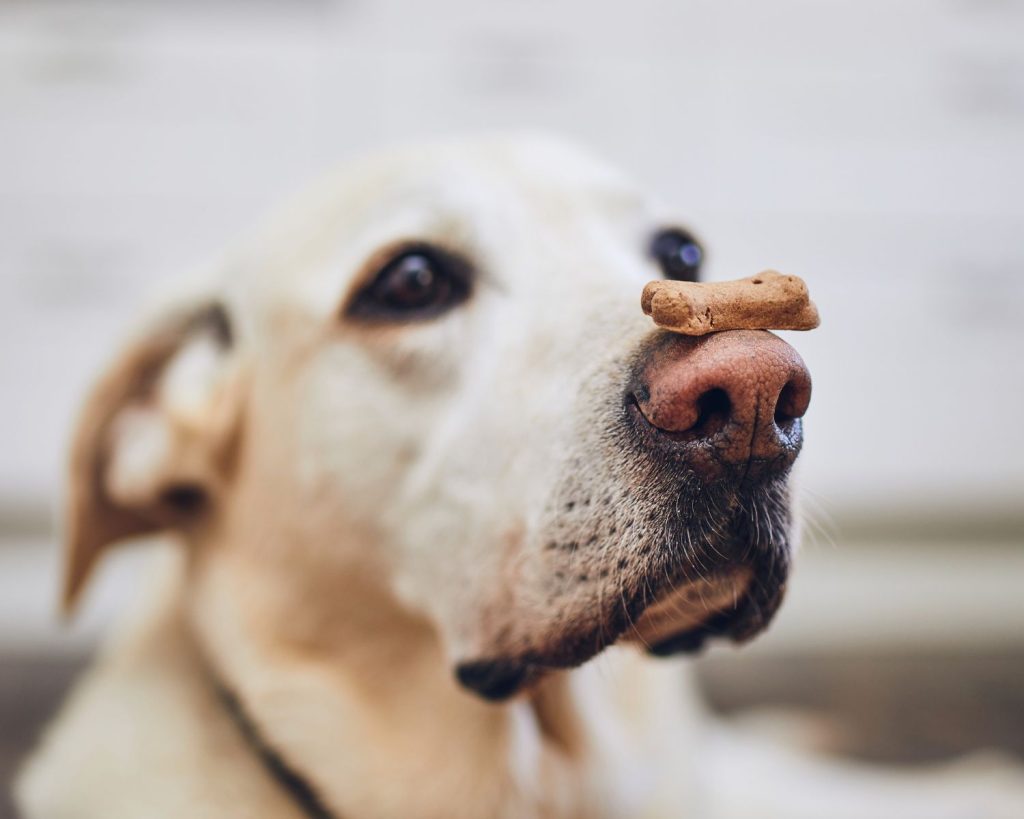
Using their noses and their taste buds, dogs can get an extremely detailed image of their environment. Because humans rely so much on their eyes rather than their noses, this is entirely foreign to us. Depending on the breed, a dog’s sense of smell can be anywhere from a hundred to a thousand times more precise than a human’s.
2. Sweating
Even while dogs don’t have sweat glands in most of their skin, they do have a few patches of specialized skin that do. Skin flaps like this are located on the bottoms of feet and the tip of the nose. To cool off or calm their nerves, dogs, like humans, sweat mostly in these areas (via the fight-or-flight reflexes).
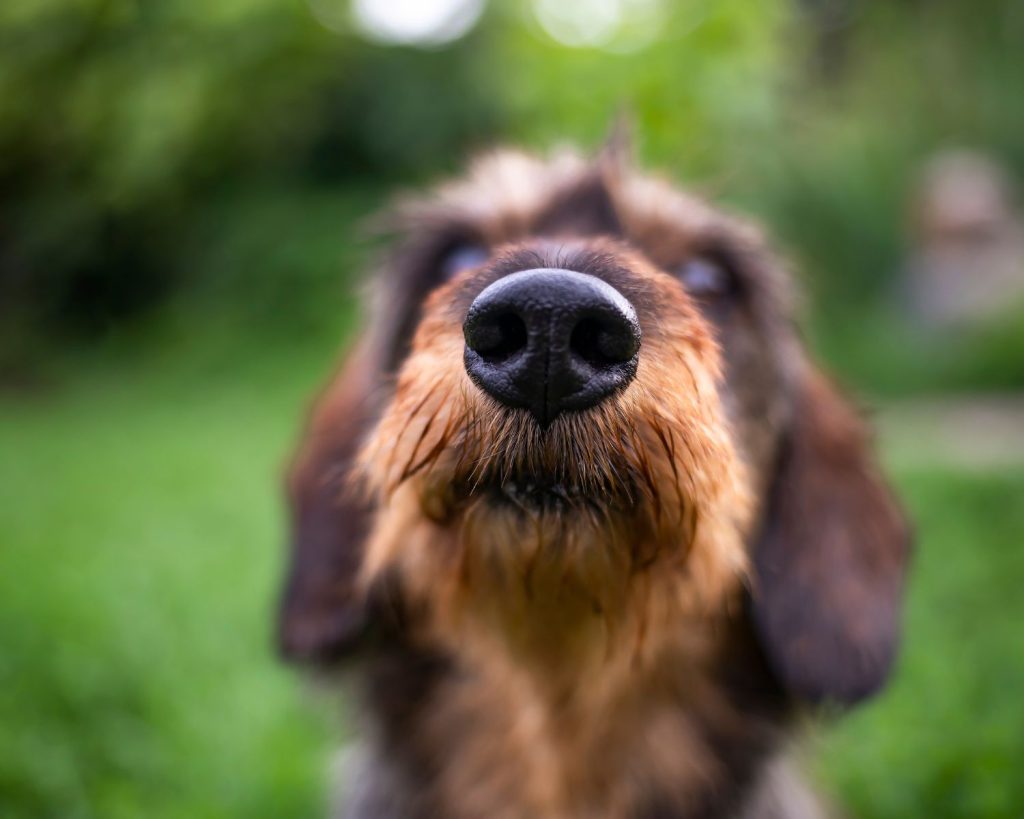
Sweat is the body’s natural cooling mechanism since it involves the release of water vapor from the skin into the surrounding air. The dog’s nose may feel wetter if he or she is overheated or engaging in strenuous physical activity.
3. What is this, a thermal imager?
New evidence reveals that canine noses can pick up heat from a considerable distance. Dogs’ noses may virtually be able to “see” heat signatures, like an infrared camera, but humans’ skin can sense heat sources only when they are somewhat close.
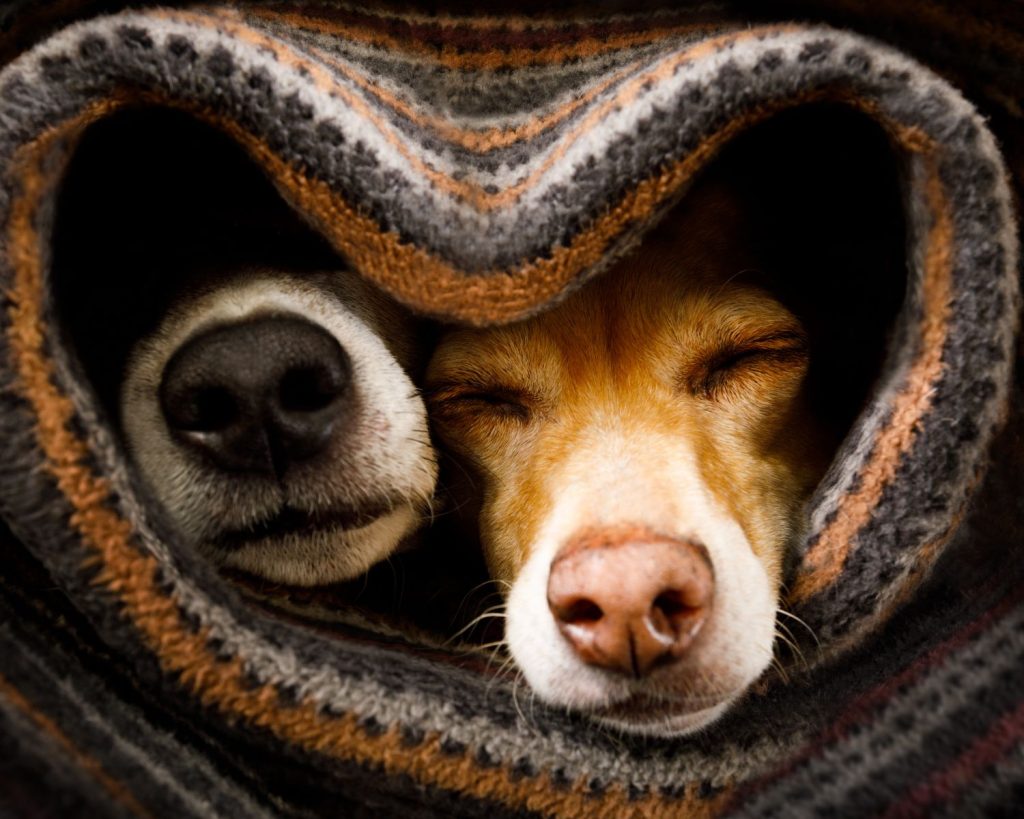
Swedish researchers have developed a method through which dogs can detect an object that is slightly warmer than their surroundings from a distance of five feet away without being able to see the object itself. If this discovery holds up, then canines join the ranks of snakes and bats in possessing this extraordinary skill. To find warm-blooded prey that may be lurking nearby in the wild. The sensitive neurons responsible for this detection are probably shielded in part by the moist mucus in the nose.
READ MORE: Let’s Swim on Nature Pond
4. Managing the flow of air into the lungs
Both dogs and humans rely heavily on their noses to regulate the flow of air into and out of their lungs (the airways and the lungs). The nose serves as a filter for airborne particles before they reach the lungs. Muddy nostrils make for more breathable lung air (which stops the lungs from drying out). The nose also serves as a heat exchanger, preheating incoming cold air and conserving some of its heat for the exhaled air.
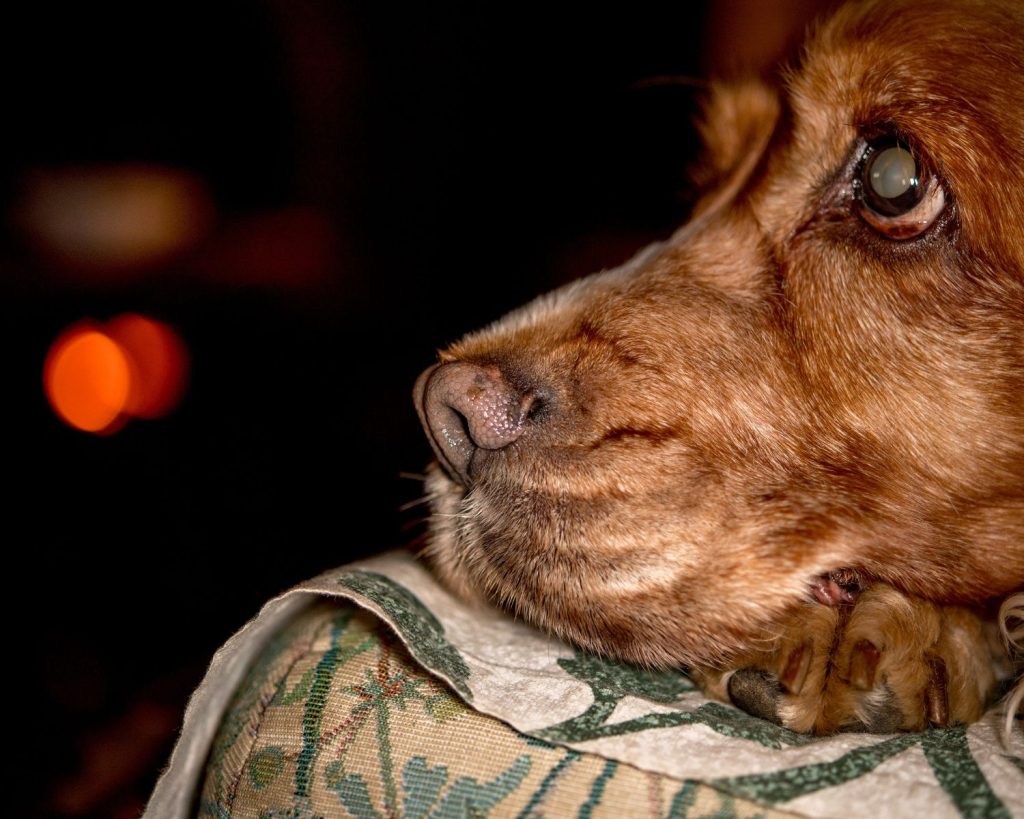
Sweat, mucous, and canine licking all contribute to the common problem of a moist canine nose. The dog’s moist nose is essential for maintaining body warmth, shielding the lungs from infection, and facilitating the dog’s extraordinary array of senses. While wet noses are common, the degree to which they occur varies greatly from dog to dog and from place to place. Some dogs, especially older ones, seem to have chronically dry noses.






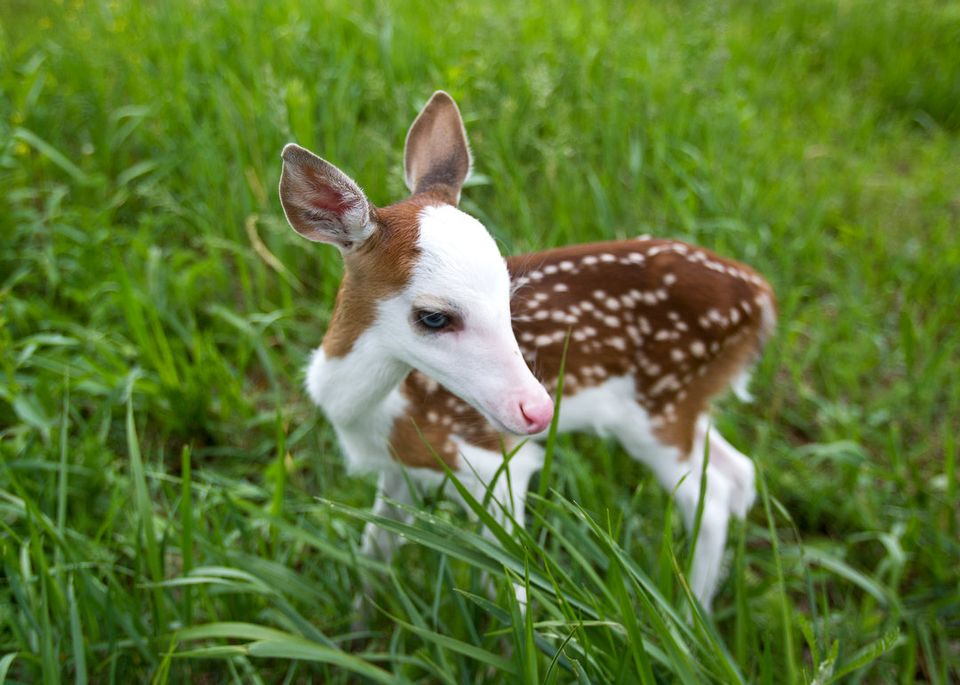
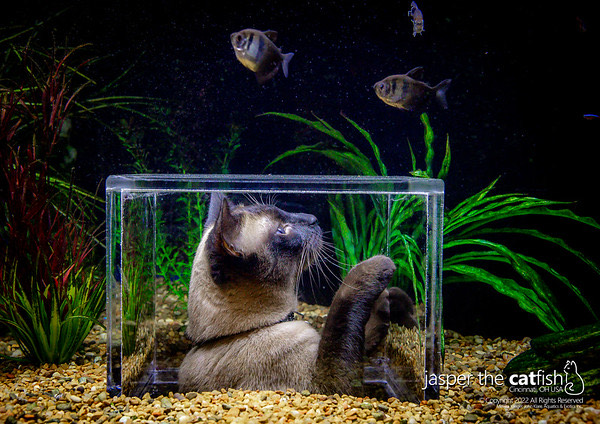




Your writing captures the core of the topic in a compelling way.